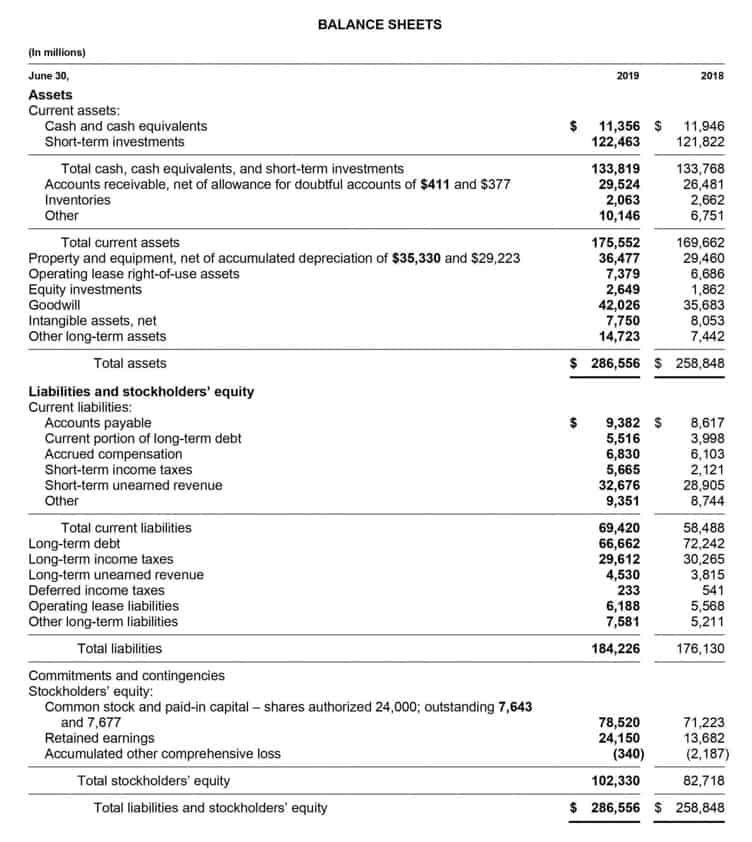17 Απρ What is Opening Balance Equity and How to Fix It?

Without a clear understanding of where you begin, it’s nearly impossible to map out a financial plan that’s realistic and achievable. It guides you in determining how much you can allocate to savings, expenses, investments, or debt repayments. The opening balance is the balance that is brought forward at the beginning of an accounting period from the end of a previous accounting period or when starting out. An opening balance refers to the amount of money a business has at the beginning of a specific accounting period. Calculating an opening balance can also be useful when a business is analysing its performance, or to answer questions from external sources such as investors or the tax authorities. However, accounts such as drawings, owner’s contributions, and income tax expenses are not normally included in the trial balance, as they are usually closed directly to the capital or revenue accounts.
FAQ: How do you calculate opening and closing balance?
- Financial professionals often scrutinize the Opening Balance Equity account to ensure that the balances are being correctly resolved.
- Partnering with a payment platform like GoCardless makes it simple to keep track of the cash flowing into your business and use this to calculate the balance of your business account.
- Peter has worked for more than 12 years as a product manager for timekeeping, absence management, and work.
- Failing to do so means that you will find it harder to create a cash flow forecast that can change the way you operate your business.
QB is double entry accounting, so for every entry there has to be an equal entry in a trial balance second account. Normally that credit books to income or sales or something because you made money, but when setting up a bank account that amount comes from the owners. QB throws it in OBE when you create an account with a balance cause it do not know any better. Once all initial account balances have been entered, the balance in the opening balance equity account is moved to the normal equity accounts, such as common stock and retained earnings.

Accruals earned and taken data
It represents the value of inventory that remains unsold at the end of an accounting period. This inventory will likely be sold in the near Financial Forecasting For Startups future, making it a part of the business’s current assets. Balance c/d refers to the amount that is carried down (or) forward from the current accounting period to the next accounting period. Balance c/d is the difference between the debit side and credit side of the ledger used for balancing the accounts. However, without accurate data being entered into the system, even the most highly-performing accounting software will struggle to give you meaningful output.
Cash and cash flow – EdexcelOpening and closing balance
Accounting software (such as our very own Pandle!) automatically generates opening what is opening balance equity and closing balances in your reporting, so you don’t have to think about them. According to the modern rules, Assets shows opening (or) beginning balance on the debit side whereas, Liabilities and Owner’s equity (capital) shows the opening balance on the credit side. The closing balance (or) ending balance is placed on either side of the opening balance.
What to Bring to CPA Exam: Essential Items You Need to Have

Financial statements and reports presented to stakeholders, such as investors, tax authorities, and regulatory bodies, must reflect the true financial position of the company. Failure to maintain accurate balances can lead to non-compliance issues and potential legal consequences. Thus, financial year accounts, which include opening and closing balances, are very important for reporting and compliance purposes. They serve as the foundation upon which all subsequent financial transactions and records are built. Simply put, an opening balance is the initial amount of money or value in an account at the start of a new accounting period.
- QuickBooks will create an entry in the Opening Balance Equity account to correct the balance.
- The opening balance refers to the initial amount recorded in an account at the beginning of an accounting period, while the closing balance is the final amount recorded at the end of the period.
- Once the business is up and running, unforeseen events may also lead to bad debts having to be estimated and written off.
- The Chart of Accounts is a list of all accounts used by a company to record financial transactions.
BAR CPA Practice Questions: Using Strategies to Mitigate Financial Risks
If you’re looking for a more in-depth report that will display open balances for each of your customers, try running the Customer Balance Detail Report. This report shows you how much each customer owes you, and the corresponding individual invoices. Remember, these calculations provide valuable information about the financial position and performance of a business. In other words, the closing balance at the end of a particular financial year becomes the opening balance at the commencement of its subsequent financial year. The concept of an “opening balance” is key to really getting to grips with the financial health of your business and setting the pace for the year ahead. Whether they live to work or work to live, the time employees put in on the job leads to a collection of days, hours, or money accrued for their benefit.
Opening balance: Starting Strong: The Significance of an Opening Balance

In double-entry accounting, each open transaction affects at least two accounts. If a company incurs an expense but has not yet paid the vendor, the liability account increases while the corresponding expense account is updated. Similarly, when revenue is earned but payment is pending, an accounts receivable entry is created alongside the revenue account. These entries remain until the transaction is finalized, at which point adjustments are made. Generally, expense accounts get closed by the end of every accounting year and their balances are not carried forward to the next accounting period.
For businesses, it’s crucial for assessing liquidity and ensuring you have enough working capital to cover operational expenses. For individuals, a healthy opening balance can provide a safety net in times of crisis. A high volume of outstanding receivables can inflate revenue figures while masking potential cash flow challenges. Lenders and investors scrutinize these figures to assess liquidity and financial stability. Businesses that fail to track and reconcile open transactions may face discrepancies that impact loan approvals, credit ratings, or regulatory compliance.

The beauty of cloud accounting software is that you can load up your records wherever you are rather than waiting to get back to your desk, so you’ll always have a real-time view of your business’ finances. For example, if Helena buys a new computer for her office for £600, her assets will increase by £600 but her bank account will decrease by the same amount. Obviously, in a more complex and realistic scenario, depreciation of the asset will have to be taken into account and the expense may be amortised over a set period of time.




No Comments